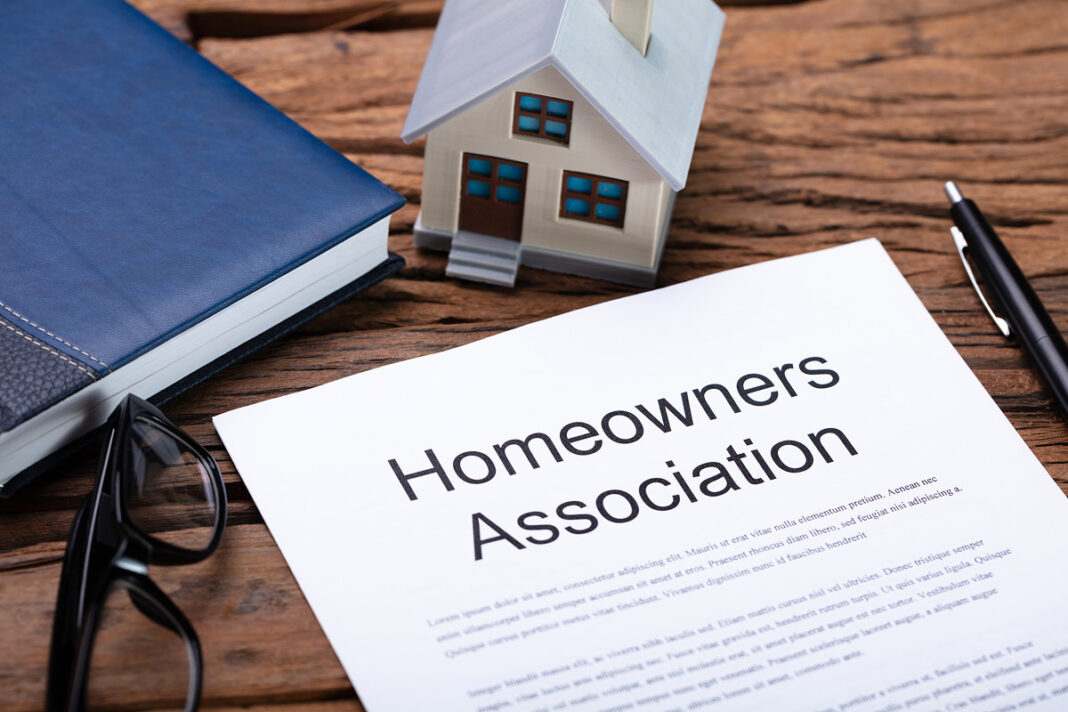When planning to buy a house in a condo building, planned community, or townhouse development, a buyer must obtain approval from the homeowners association or HOA. An HOA is a local organization that establishes and enforces rules for all properties in the area. Members of the homeowners association are required to pay monthly fees, which are further used to maintain the community and manage shared amenities like a pool and gym.
Key Features to Know about HOAs
HOAs are Run by the Neighbors
Many people know that HOAs are managed by a board of directors. But not everyone is aware that this board is made up of homeowners who also live in the community. These members are elected by their fellow residents. Once elected, the board is responsible for making all the decisions related to the amenities and maintenance of the community, as well as the rules of the homeowners association. This means that the rules and regulations enforced within the community are set by the neighbors and not by a large corporation.
Membership is Compulsory
Membership in an HOA is generally mandatory for someone buying a house in a community governed by an HOA. When a homebuyer acquires a property within the HOA boundaries, they automatically become a member. As a member, every homeowner is required to follow the homeowners association rules and regulations and pay any fees that the association imposes on all its members. It is important for homebuyers to know this before buying a house, as opting out of the HOA is generally not possible.
HOA Fees Explained
There is often a lot of confusion when it comes to the HOA fees. The fees that are paid to the association are more than just for lawn care within the community. Residents of a community can expect to pay an average of around $243 as monthly fees to their homeowners association, but the exact fees are different depending on the community size and the amenities and facilities offered. The fees collected are used for the maintenance of the community, including trash pickup, pest control, and landscaping. In addition to these, the fees are also used to pay for insurance of commonly used areas, security, and community events. Maintenance of shared amenities such as fitness centers, gyms, and pools is also done using the HOA fees. However, the fees do not cover insurance for each homeowner, property taxes, or mortgage.
The Fees Can Suddenly Change
The fees of a homeowners association are usually fixed for a specific period to cover the regular expenses. But sometimes, the fees can change if costs increase or there is a rise in insurance premiums. Moreover, if the board is expected to cover a large expense in the future, then the fees can go up. In many cases, homeowners associations have a special assessment fee that has to be paid once. This is generally for unexpected costs like repair and maintenance that have to be done after a natural disaster. Generally, the increase in fees can not go beyond a certain limit. This limit is regulated by state laws and may also need the approval of all the homeowners, especially if the hike in the fees is too high.
HOAs Have to Follow a Lot of Legalities
Every HOA operates under a set of legal laws and regulations that have been mentioned in several documents, including the Declaration of Covenants, Conditions, and Restrictions (CC&Rs), bylaws, and additional regulations. The CC&Rs specify what homeowners are permitted and prohibited from doing within the community during their stay. For example, an HOA may regulate the colors homeowners can use to paint the exterior of their houses or dictate where cars must be parked on their properties.
The operation of the HOA itself is governed by the bylaws. This means all the decision-making processes, elections, and meetings are done according to the CC&Rs and its bylaws. All these documents are always legally binding. So, it is essential for a buyer to review these documents before purchasing a home, as they will need to understand the rules they will be expected to follow as members of the homeowners association.
Benefits of Living in HOA Communities
Living in a community managed by a homeowners association comes with many benefits that include:
Low-maintenance living
From landscaping to snow removal and the repairing of shared spaces, everything is handled by the association. This saves time and effort for the homeowners.
Easy access to amenities
Facilities such as clubhouses, pools, playgrounds, and gyms can significantly improve the quality of life for homeowners. However, maintaining these amenities can be quite expensive. By having a homeowners association (HOA), these facilities are made available to the entire community, alleviating the burden of maintenance from individual homeowners.
Dispute resolution
A homeowners association can offer an organized way to resolve conflicts between neighbors.
HOA Responsibilities for Homeowners
In an HOA community, homeowners also have a few responsibilities. For starters, they are legally bound to follow all the rules and regulations of the association, which include maintaining the property according to the standards of the community. In addition, they need to pay all their dues and fees on time. Participating in all the meetings and voting on crucial issues related to the community is also a responsibility of all homeowners.


